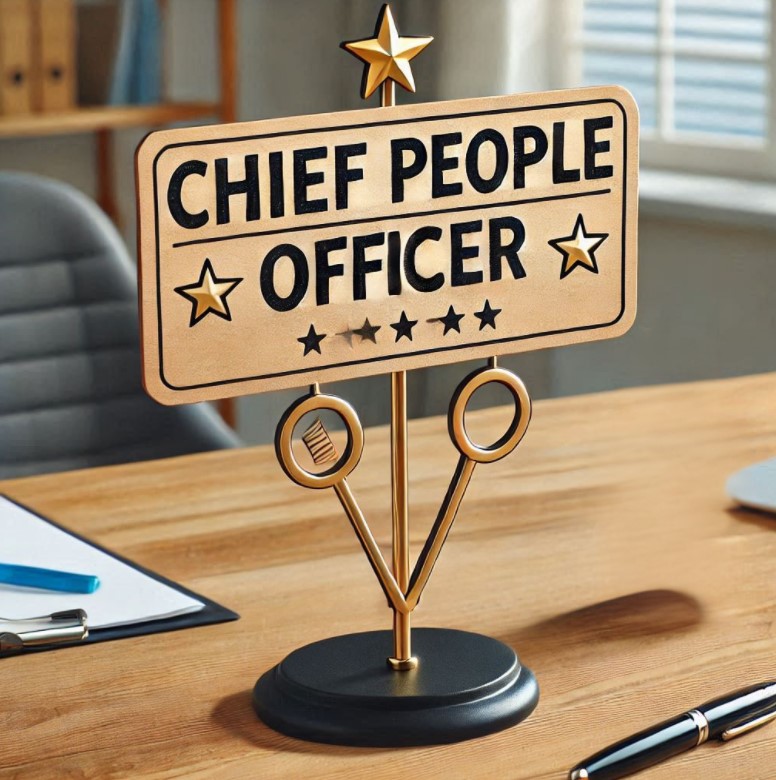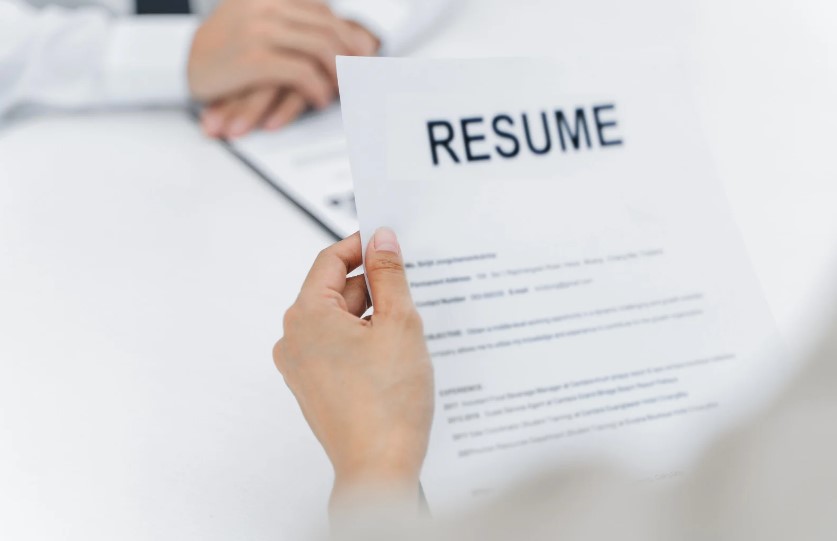
For early professionals and recent graduates, the path to the C-suite can feel like a distant goal, shrouded in mystery. However, understanding the roles and responsibilities of top executives is a powerful first step toward making those dreams a reality. One of the most transformative positions in the C-suite is the Chief People Officer (CPO), also known as the Chief Human Resources Officer (CHRO). This role goes far beyond recruiting, talent management, benefits or employee relations—it’s about shaping the workforce strategy, fostering a thriving culture, and ensuring that talent is aligned with the organization’s mission and goals.
IThe influence of the Chief People Officer has grown dramatically as companies prioritize diversity, inclusion, employee well-being, and leadership development. Additionally, advancements in technology, such as AI-driven analytics and employee engagement platforms, have reshaped the way CPOs approach workforce planning and organizational strategy. For those with a passion for helping people succeed, an interest in leveraging technology to solve workplace challenges, and a desire to drive meaningful organizational change, the CPO role offers an unparalleled opportunity to make a lasting impact. This post dives deep into what it takes to become a CPO, explores a day in the life of this dynamic role, and provides actionable steps to help you begin your journey toward one of the most influential positions in modern organizations.
What Does a Chief People Officer Do?
At its core, the Chief People Officer’s role centers on the people—the lifeblood of any organization. While the specifics vary by company, common responsibilities include:
- Strategic Workforce Planning: Ensuring the organization has the talent needed to meet its goals.
- Culture Building: Driving initiatives that enhance employee engagement and reflect company values.
- Leadership Development: Coaching executives and identifying future leaders within the organization.
- Compensation and Benefits Strategy: Overseeing equitable and competitive employee offerings.
- Change Management: Guiding the company through transformations such as mergers, restructuring, or technology implementation.
For example, Kathleen Hogan, the EVP and Chief People Officer at Microsoft, has been instrumental in transforming Microsoft’s corporate culture to one of growth mindset and collaboration. Her efforts have helped align the company’s people strategies with its innovative vision (read more here). Similarly, Liane Hornsey, the former CHRO at Uber, led crucial cultural reforms to restore trust and transparency within the organization during a period of crisis.
A Day in the Life of a Chief People Officer
A CPO’s day often starts with high-level meetings to align HR strategy with business objectives. For example, they might meet with the CEO and CFO to discuss workforce planning or sit down with department heads to address pressing talent needs. The afternoon might include reviewing diversity and inclusion metrics, strategizing leadership development programs, or preparing presentations for the board.
In one example, a CPO at a global tech firm might spend part of their day with data analysts to review employee engagement survey results and then shift gears to negotiate a new benefits package with external vendors. Meanwhile, at a smaller company, a CPO’s day might involve working directly with HR managers to roll out new training programs or address an unexpected employee relations issue.
The Path to Becoming a CHRO
1. Educational Foundations: Most CPOs have a bachelor’s degree in human resources, psychology, or business. Advanced degrees, such as an MBA or a master’s in organizational development, can further bolster credentials.
2. Gaining Experience: The journey typically starts with roles in HR, such as HR generalist, recruiter, or compensation analyst. Over time, professionals may advance to HR manager, director, and VP positions. Each step builds expertise in areas like talent acquisition, employee relations, and strategic HR management.
3. Developing Key Traits: To excel as a CPO, professionals need strong interpersonal skills, business acumen, and a data-driven mindset. Emotional intelligence and adaptability are equally crucial, as these traits enable leaders to navigate complex workforce dynamics effectively.
4. Networking and Continuous Learning: Joining professional organizations like the Society for Human Resource Management (SHRM) or attending HR leadership programs can provide valuable insights and connections.
Real-Life Inspiration: CHRO Success Stories
Leena Nair, the former Chief Human Resources Officer at Unilever and now the CEO of Chanel, is a prime example of an HR leader who successfully transitioned to the top. Her focus on leadership development and sustainability initiatives earned her recognition as one of the most influential women in business (read her story). Additionally, Frank Calderoni, who began his career in HR before serving as CPO at Cisco Systems, showcased how understanding people dynamics can lead to broader leadership roles.
Resources to Start Your Journey
- Books: “HR on Purpose“ by Steve Browne and “Powerful“ by Patty McCord offer deep insights into strategic HR leadership.
- Podcasts: “WorkLife with Adam Grant” delves into workplace dynamics and organizational culture.
- Certifications: Consider earning credentials like SHRM-SCP or PHR to demonstrate expertise.
Looking Ahead
Becoming a Chief People Officer is a journey that requires dedication, strategic thinking, and a passion for people. By following this guide and leveraging available resources, you can set yourself on the path to this rewarding role. Don’t forget to check back for the next post in our “Inside the C-Suite” series, where we’ll explore the role of the Chief Legal Officer and their impact on organizational success.

